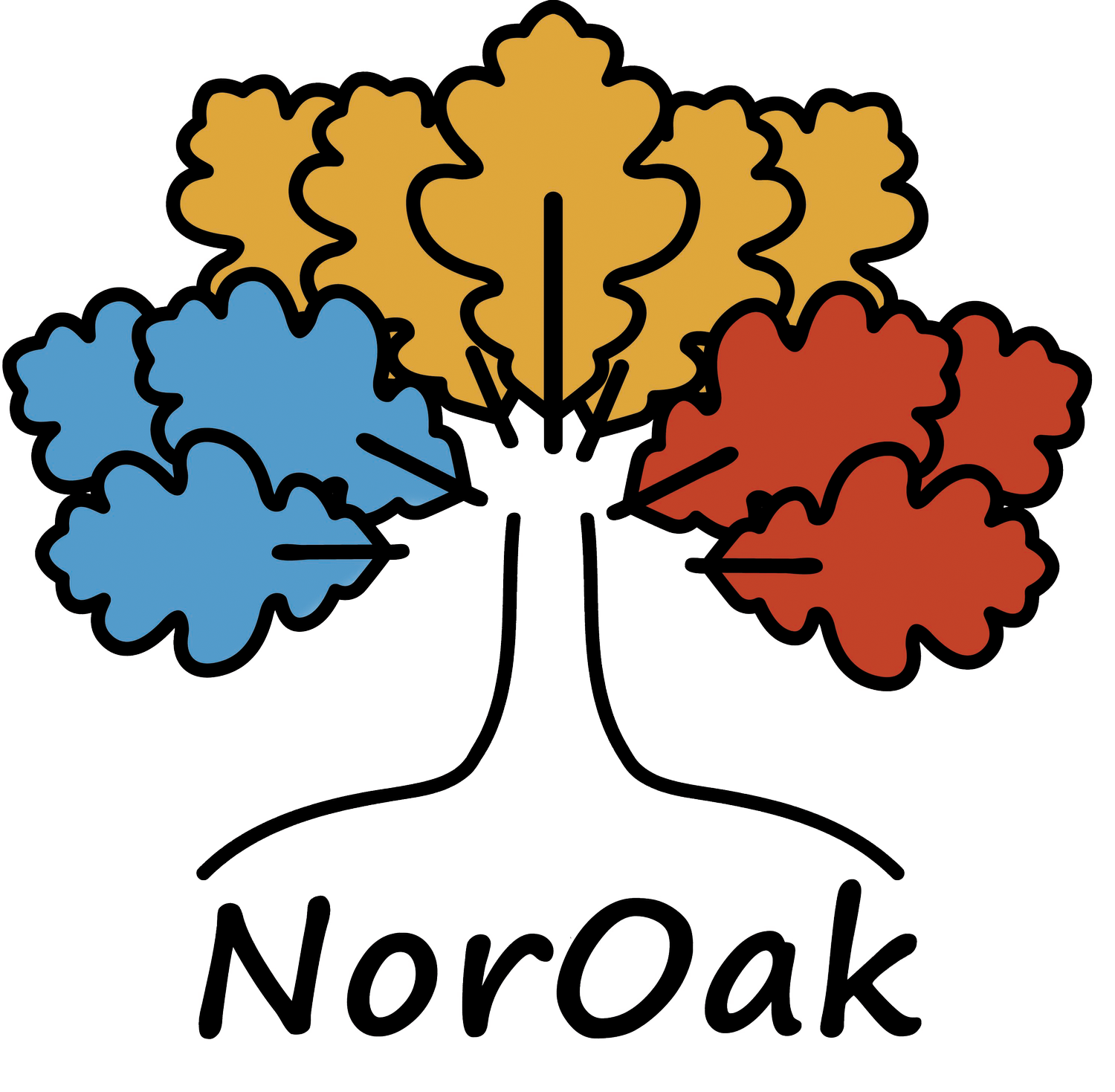Before thinking about questions, you must have studied and prayed to the point where you understand the passage and have what you believe is the main thing—the thing which the Lord desires by way of response, together with the main reason why this response should be given (the enthymeme). Only after you have this can you think of how to present the material.
- First Question: Trying to get the participants "into" the passage.
• Affective question is better generally than cognitive questions at this point.
• Not open-ended theological question: this tends to be too dry and leads to argument if people participate at all.
• Examples: "Who were the participants here, and what were they thinking?" "What was the situation at the beginning of this piece?" "What was this person feeling, do you think?" (If there are more than one, ask for "someone else" to give you the second, third, etc.) - Second Question: Trying to get people to see the force of what happened, or what is taught in the piece.
• Examples: "So what happened?" "Why did they do this?" "What was the result of this?" - Third Question: Trying to lead people to see the climax, what breaks the impasse, the central teaching, the critical event, etc.
• Example: "So what broke the impasse after everyone had spoken?" (In the case of the first Jerusalem council, in Acts 15, James breaks the impasse by remembering a piece of Scripture that seemed to fit with their situation and which he thought revealed the mind of God.) - Fourth Question: Trying to get people to identify the pattern or principle.
• Examples: "So what is the pattern we see here?" "What principle do you see here?" "What is God's answer to this situation?" - Application: Trying to get people to see parallels between the Word and their own situation.
• Examples: "What decisions do you face?" "Can you see how these principles might be workable for you?" "How can, or how will, you try to apply this piece of God's Word in your life?" - Final Summary: Be brief, but cover it all. Ask for brief questions.

